"All leads have been exhausted, and the case remains an open, unsolved case."
Note: This post includes mentions of murder, suicide, and sexual assault.
While Hollywood, the music industry, and the "world of celebrity" are often synonymous with glamour, wealth, and fame, frequently darker stories are hidden beneath the surface.

On a late night, I'll find myself in the depths of a Wikipedia page, or listening baffled at the stories on You Must Remember This, one of my personal favorite podcasts about Hollywood's secret and dark histories. "Why have I never heard of this before!?!" I'll ask myself. I'll then transform into an amateur investigator in the confines of my bedroom, researching and cobbling all the information I can find about whatever wild rabbit hole I'm led down.

So, as Halloween marks the end of the spooky season, I thought it fitting to compile a list of some of the mysterious Hollywood and celebrity deaths that continue to leave me, fans, true crime enthusiasts, and even investigators with countless questions. Let's get into them:
1. George Reeves, Superman, 1959
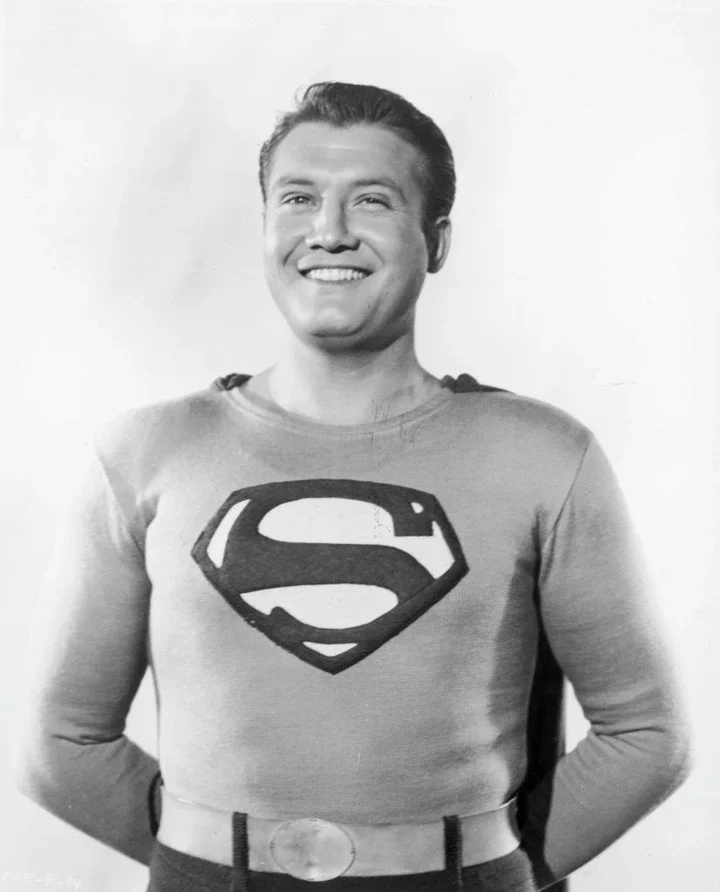
Hulton Archive / Getty Images
Best known for portraying Superman in the TV show Adventures of Superman, George Reeves was found dead from a gunshot wound to the head on June 16, 1959, in an upstairs bedroom of his Los Angeles home. Although his death was officially ruled a suicide, doubts arose due to unusual circumstances at the scene.
At the time of death, Reeves's fiancée, Leonore Lemmon, was in the house with guests. According to the police report, Lemmon strangely predicted he was going to shoot himself to the guests after he came downstairs to tell them to be quiet. According to the police report, Lemmon said, "He is going to shoot himself." They then heard a bedside drawer open. "He is getting the gun out now, and he is going to shoot himself," Lemmon allegedly continued, according to the report. A shot rang out. Forty-five minutes later, they called the police.
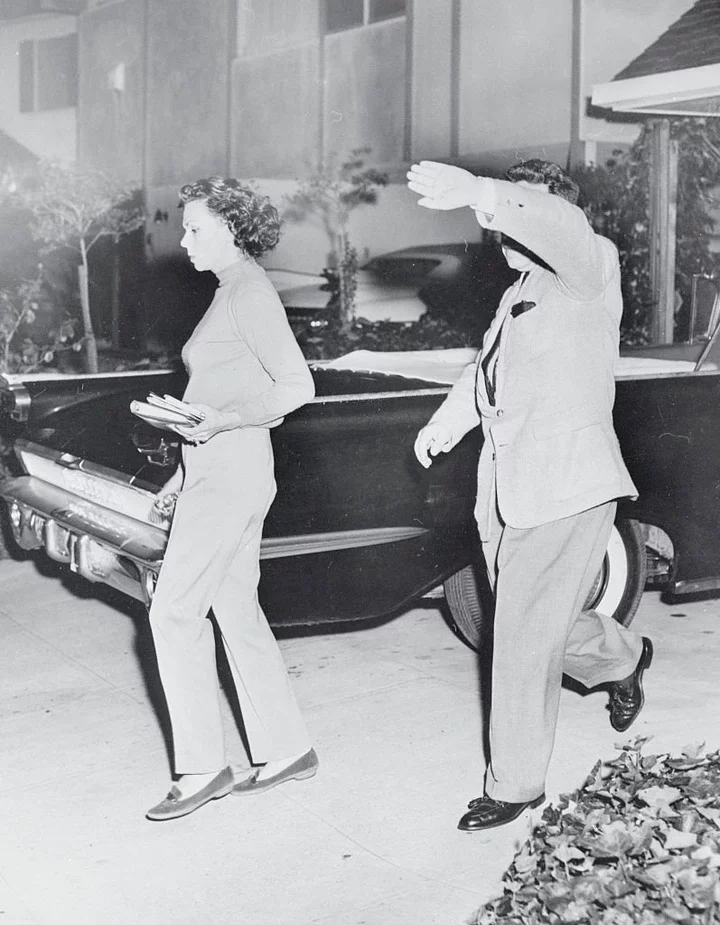
Bettmann / Bettmann Archive
The crime scene brought suspicions: multiple bullet holes were found in the bedroom, indicating that more than just the fatal shot had been fired. Notably, the autopsy failed to test gunpowder on Reeves's hand or head, which would have been present if he shot himself at close range. Moreover, unexplained bruises were found on his body, he exhibited no signs of suicidal intent, left no note, and was found naked - factors that were considered highly unusual for a suicide.
The 2006 film Hollywoodland brought renewed interest to Reeves's mysterious death, presenting three possible scenarios: that he indeed did die by suicide, that Lemmon shot him, or that a hitman murdered him under orders from MGM executive Eddie Mannix. Speculation about Mannix's involvement arose because, according to the Daily Beast, Reeves had previously had an affair with Mannix's wife, Toni. Mannix was rumored to have mafia connections, which led to theories that he may have ordered Reeves's death. Still, despite the numerous theories and unresolved questions, no further investigation into Reeves's death ever occurred.
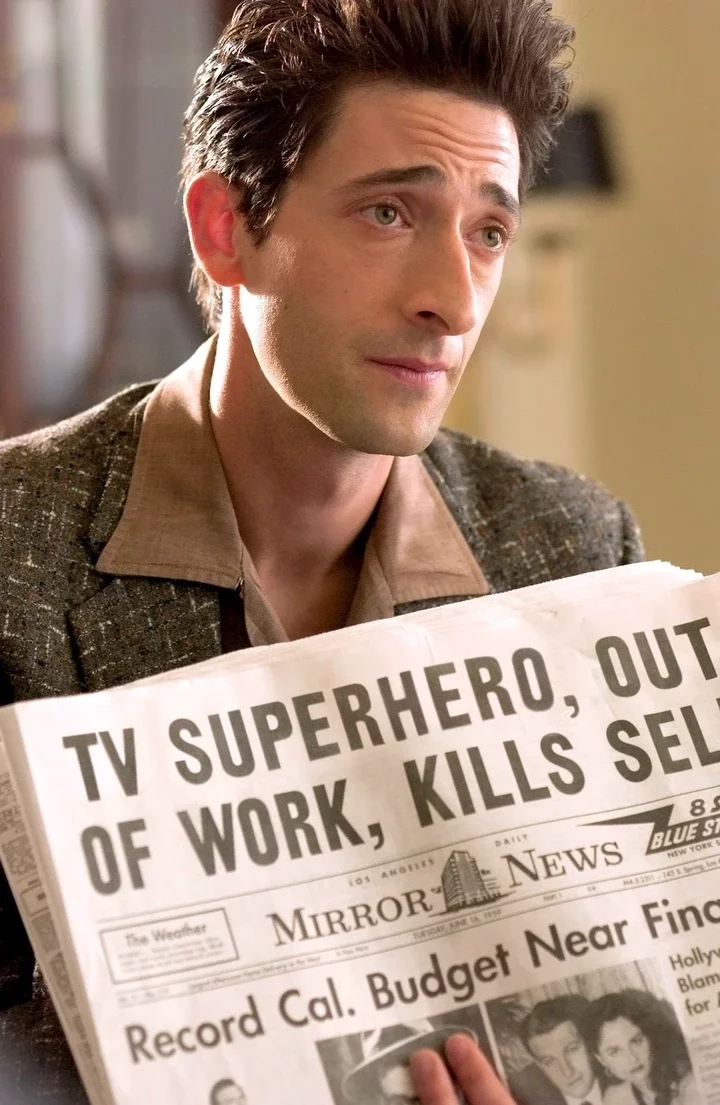
2. Virginia Rappe, silent film starlet, 1921

Bettmann Archive / Getty Images / Hulton Archive / Getty Images
On Sept. 9, 1921, a few days after attending a Labor Day party in San Francisco, silent film star Virginia Rappe died from a ruptured bladder. A doctor who conducted her post-mortem examination believed her injury was caused by external force. Roscoe "Fatty" Arbuckle, one of the most popular actors of the time and a fellow party attendee, was accused of assaulting Rappe and stood trial three times on charges of her death. The prosecution argued that Arbuckle had "raped, assaulted, or otherwise exerted violence" against Rappe, causing her fatal injuries, while Arbuckle maintained his innocence, denying all accusations.
Initially, Arbuckle told the media that Rappe had become "hysterical" after drinking, began tearing off her clothes, and called him for help; however, in court, he testified that he found Rappe in pain on the bathroom floor and tried to help by giving her water and lying her down.
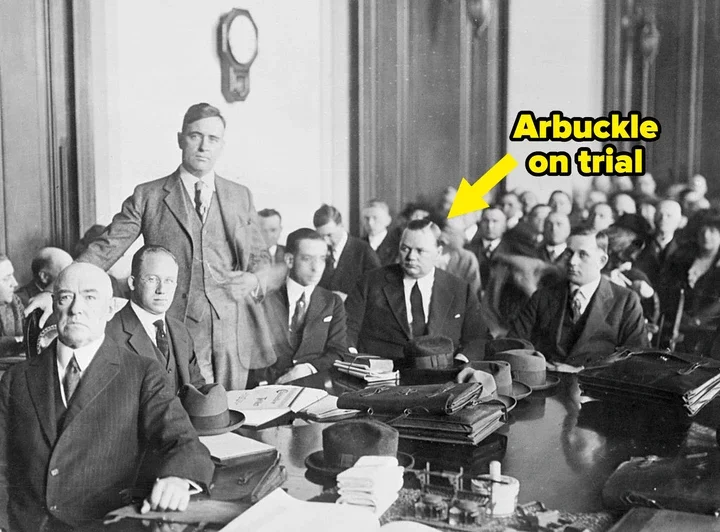
Bettmann / Bettmann Archive
Maude Delmont, a party attendee who became a star witness, claimed she found Rappe injured and heard her accuse Arbuckle of causing her pain. Delmont also stated that when she confronted Arbuckle, he threatened her to "shut up or I would throw her out the window."
Statements from two other witnesses supported her claims. Yet, the defense attacked Delmont's credibility, suggesting Delmont had a secret history of manipulating situations for profit by accusing men of misconduct to extort money.
The defense further argued that Rappe's death could have been due to pre-existing health issues, as she allegedly had a history of bladder problems and was known to suffer from sudden abdominal pain. Witnesses also portrayed Rappe in a negative light, testifying that she was promiscuous and often drank heavily at social events. Ultimately, no concrete evidence and conflicting testimonies led to Arbuckle's acquittal, but the media coverage damaged his career and public image. The case remained controversial, leaving Virginia Rappe's death a forever unresolved, dark mystery in early Hollywood history.
3. Tupac Shakur, 1996
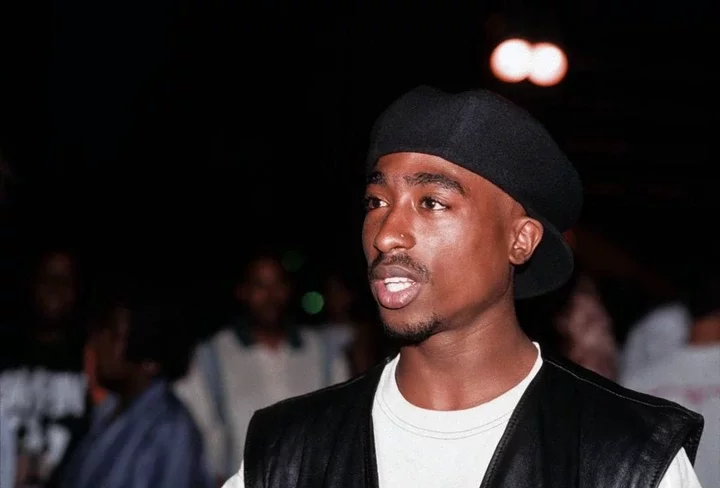
Al Pereira / Getty Images
To this day, Tupac Shakur's death remains one of the most mysterious and conspiracy-filled celebrity deaths. Gang-related tensions, rap rivalries, and limited witness cooperation have further complicated the case. To recap what happened, on Sept. 7, 1996, Tupac and Death Row Records CEO Suge Knight attended a high-profile Mike Tyson boxing match. After leaving the match, surveillance footage shows Shakur punching Orlando "Baby Lane" Anderson of Los Angeles' Southside Crips gang, an enemy of some of Knight's associates, in the face. Later in the evening, while Shakur and Knight drove to Knight's Club 662, a white Cadillac pulled alongside and fired into their car. Knight was injured but survived; Shakur was struck four times and died a week later in the hospital.
Speculation about the motive behind the shooting quickly arose, with many believing it was gang-related after his altercation earlier in the night. Additionally, some pointed to the escalating feud between East Coast rap, represented by Biggie Smalls and Diddy of Bad Boy Records, and West Coast rap, associated with Tupac and Suge Knight's Death Row Records.
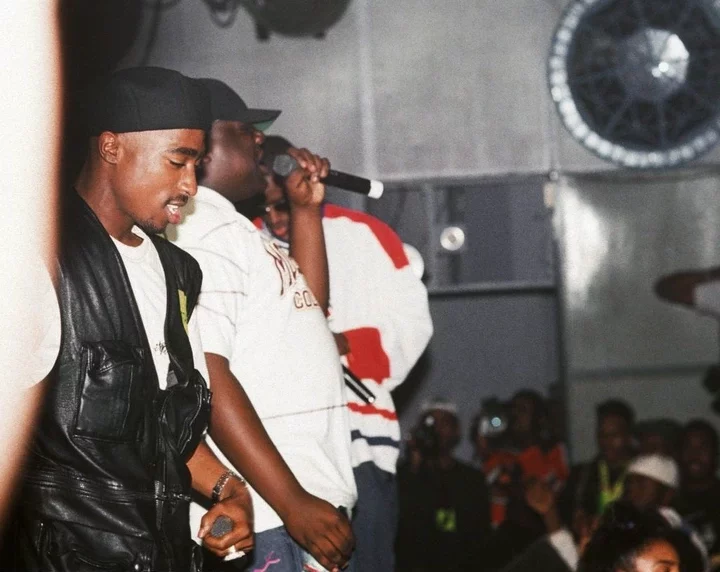
Al Pereira / Getty Images
After Biggie was murdered only six months later under similarly mysterious circumstances, suspicions continued to swirl. However, no arrests were made at the time for either case, and many witnesses refused to cooperate.
Greg Kading, a former LAPD detective who brought his findings forward for his book Murder Rap, alleged that Duane "Keefe D" Davis, a Crips gang leader and Anderson's uncle, was offered a million dollars by Sean "Puff Daddy" Combs to wipe out both Suge Knight and Tupac. Combs responded to the allegations in a 2011 e-mail to LA Weekly, calling them "pure fiction and completely ridiculous."
Other theories suggested Tupac may have faked his own death to escape fame, police purposefully mishandled the investigation, and Suge Knight may have been involved to prevent Tupac from leaving his label.
In 2023, the case took a significant turn when Duane "Keefe D" Davis, who for years claimed to have been in the car with Tupac's murderer, was arrested and charged with Tupac's murder, with a trial scheduled for March 2025. This was the first time anyone had been arrested in connection to the case.
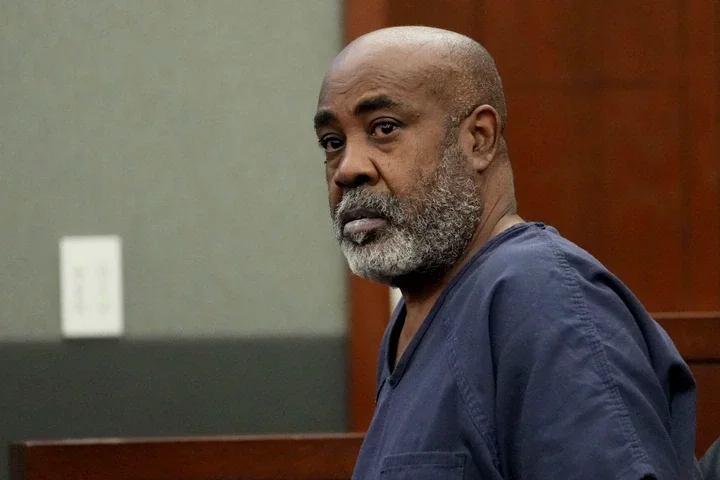
John Locher / POOL/AFP via Getty Images
Also, in October 2024, amidst Diddy's sexual misconduct allegations, reports surfaced that Tupac's family hired an investigator to look into connections between Tupac's death and Diddy.
4. Christopher Wallace, aka The Notorious B.I.G., 1997
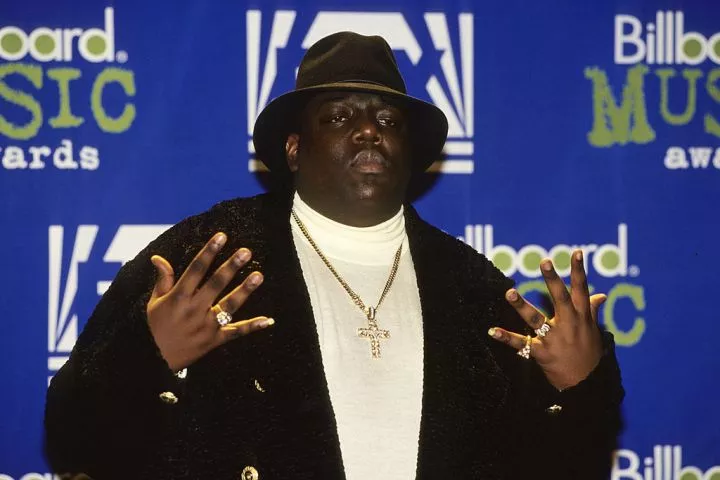
L. Busacca / WireImage
Just six months after the death of Tupac Shakur, Christopher Wallace, aka The Notorious B.I.G., or Biggie Smalls, was murdered under similar circumstances. After attending an afterparty for the 1997 Soul Train Awards, Biggie left the event around 12:30 a.m. when a black Chevy Impala pulled up beside his vehicle, firing several shots into the SUV, hitting Biggie four times in the chest and abdomen. Like Tupac's death, the case has remained high-profile for years yet unresolved. Similarly, various conspiracy theories have emerged, often implicating the East Coast-West Coast rap feud, gang affiliates, and law enforcement.
Many quickly theorized that the East Coast-West Coast rap rivalry contributed to Biggie's murder, particularly that his death may have been retaliation for Tupac's murder. Russell Poole, the former Los Angeles Police Department detective who was a main investigator in Biggie's death, proposed that corrupt police officers orchestrated the murder alongside Death Row Records CEO Suge Knight. Cops tapped Suge Knight as a suspect in 1999, but no arrest was ever made.
Biggie's family filed a wrongful death lawsuit against the LAPD, accusing the department of covering up police involvement in the murder. However, after years of legal proceedings, the lawsuit was eventually dismissed. Despite extensive theories and investigations, no convictions have been secured, leaving Biggie's murder unsolved and rife with speculation.
5. Paul Bern, MGM producer, 1932
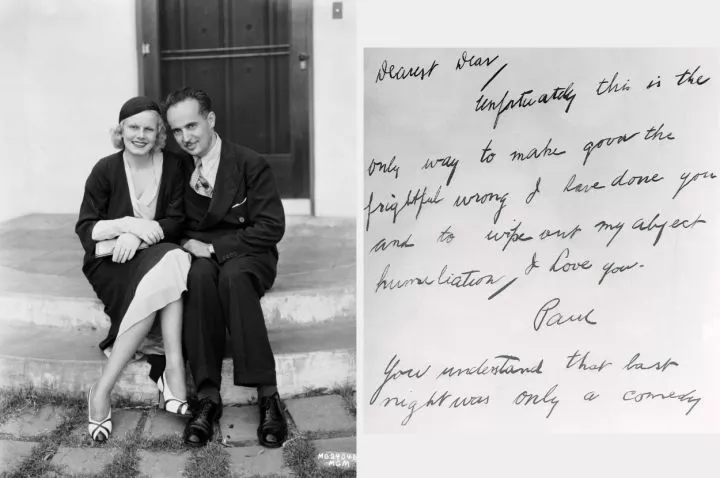
John Kobal Foundation / Getty Images / Bettmann / Getty Images
Two months after his marriage to Hollywood starlet Jean Harlow, Paul Bern, an MGM producer, was found dead in his home from a gunshot wound to his head. A note was left at the scene that read:
"Dearest Dear,
Unfortunately this is the only way to make good the frightful wrong I have done you and to wipe out my abject humiliation, I Love you. Paul
You understand that last night was only a comedy."
The "frightful wrong" in the note led to speculation that Bern was impotent and couldn't provide for Harlow sexually, which was further fueled by the media. However, while officially ruled a suicide, suspicions of foul play and speculation around his death spanned decades. First, when Bern's household staff found his body, they did not immediately call the police, but MGM studio executives, who had access to the crime scene for two hours before police were called. This has led many to theorize that the studio tampered with evidence, possibly to cover something up.

Complicating the case into more mystery, Bern's former wife, Dorothy Millette, was found dead in a river just two days after his death, leading to speculation that she was involved. Some believe that MGM orchestrated a cover-up to prevent a scandal, while others suspect that Millette, Harlow, or even the studio itself played a role in Bern's death.
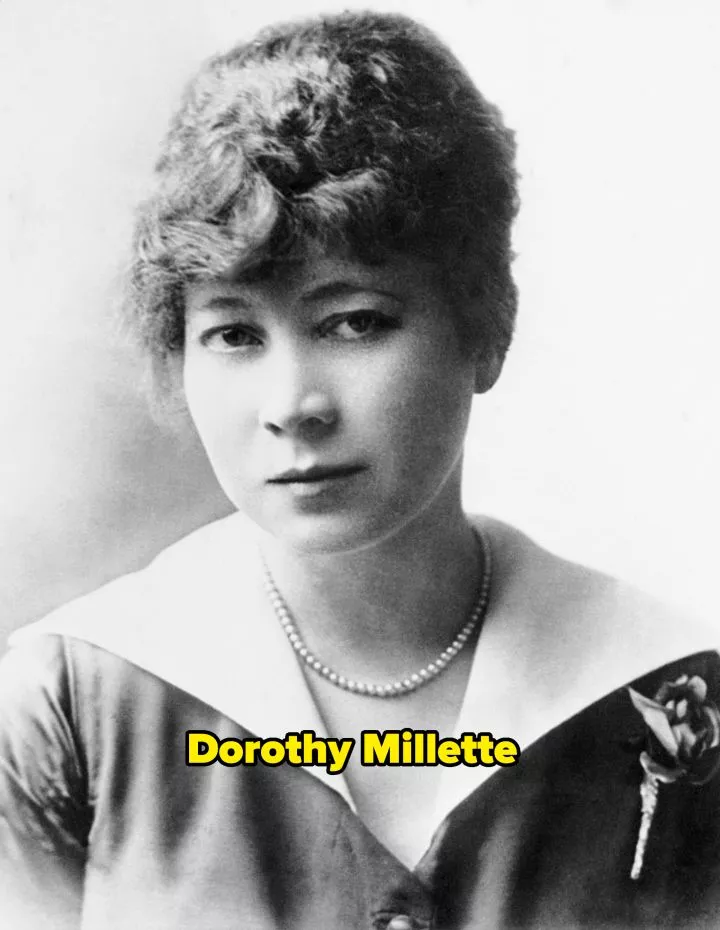
Bettmann / Bettmann Archive
Still, it was reported that even though Bern and Millette were no longer together, he still provided her with financial support. Therefore, when he died, some say she realized she would be left without any means and took her own life, not that she was wrapped up in a murder plot.
Nevertheless, Bern's questionable note and the surrounding circumstances of the case have kept Bern's death a topic of intrigue and speculation in Hollywood history.
6. Thelma Todd, Hollywood actress, 1935
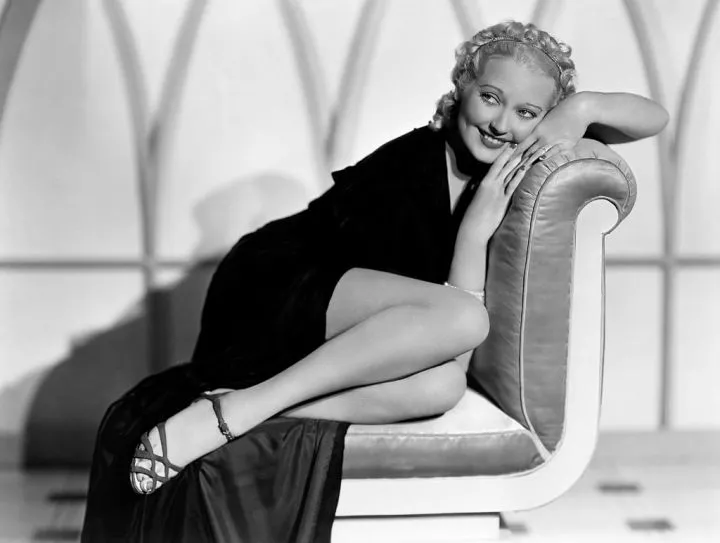
John Springer Collection / Corbis via Getty Images
Thelma Todd, known as "The Ice Cream Blonde" and "Hot Toddy," was a famous Hollywood actress at the time of her death in 1935. In the early morning of Monday, Dec. 16, 1935, Todd, still dressed in a mink coat and diamond jewels, was found dead from carbon monoxide poisoning in her car, which was parked in the garage of her on-again-off-again lover and business partner, Roland West. The police declared her death accidental, with possible suicide tendencies. However, to this day, many suspect foul play due to conflicting evidence, mob ties, and her affair with West.
Mysterious details include death threats Todd received in the weeks leading up to her death demanding her to pay $10,000, her car still having fuel in it despite the engine running for two days, and reports of her being seen alive after her supposed time of death. Potential suspects included West, her reportedly violent ex-husband Pat DiCicco, and mobster Lucky Luciano, with whom she had affairs. Still, no one was ever charged with Todd's death, and what really happened the night of her death remains unresolved and ripe with speculation.
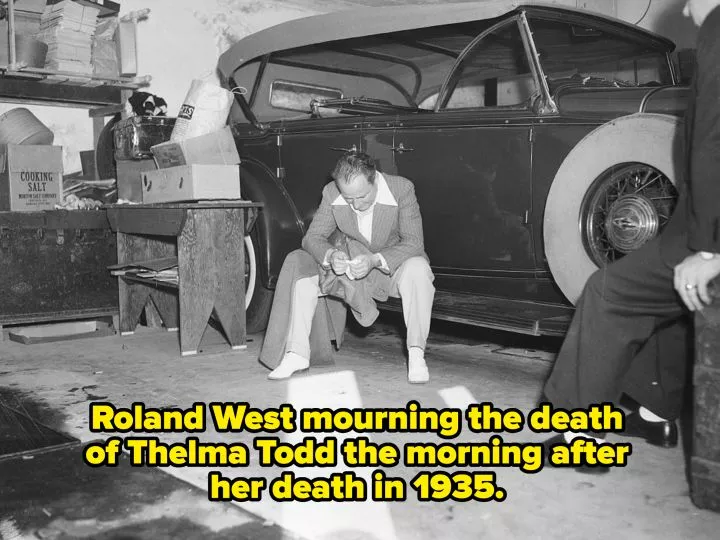
7. Marilyn Monroe, 1962
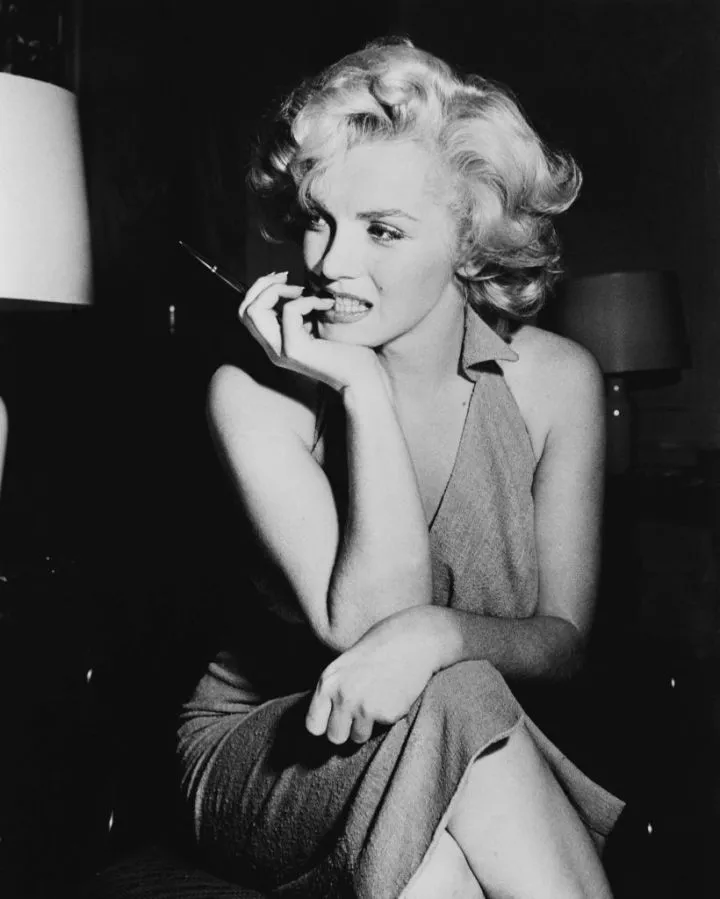
Keystone Features / Getty Images
Marilyn Monroe tragically lost her life at the age of 36 in her home after a barbiturate overdose. The Los Angeles coroner's office officially ruled her death a "probable suicide," but several theories, including murder, mob ties, and presidential connections, continue to float around as conspiracy.
One of the most infamous conspiracies suggests Marilyn was having extramarital affairs with both John F. Kennedy and his brother, Robert F. Kennedy, and was subsequently murdered to prevent the affairs from going public. Other theories speculate that the mafia killed her, that her death was staged, or that the CIA or FBI had some involvement, as Monroe was under FBI surveillance due to her connections with powerful political figures.
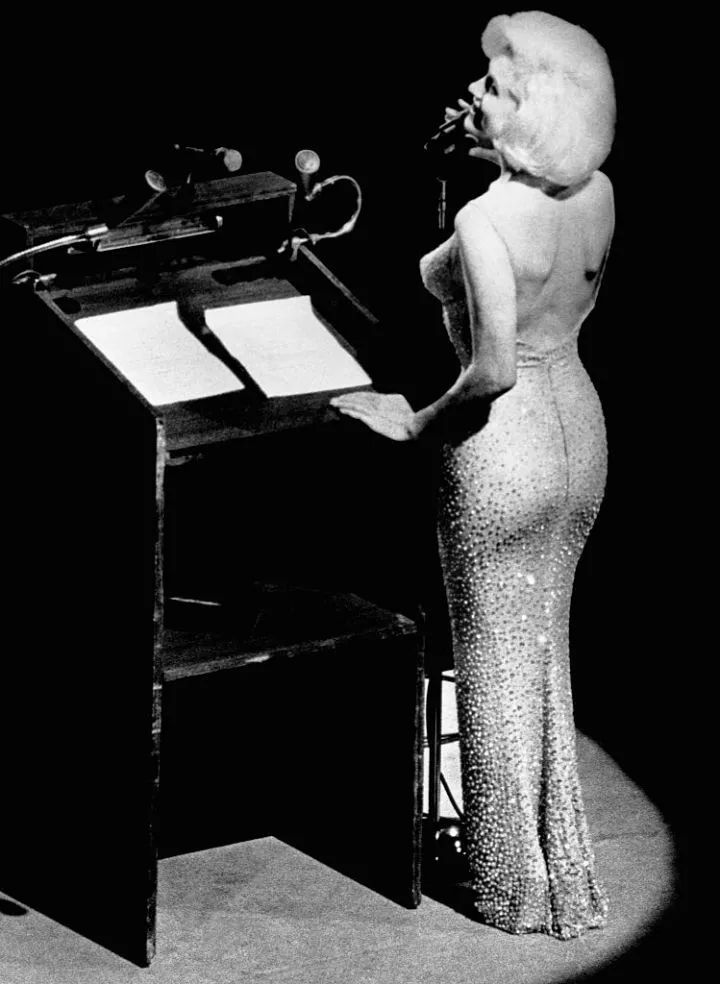
Bettmann / Bettmann Archive
The Los Angeles County district attorney's office reopened the case in 1982, partially due to swirling media theories and public interest. However, after investigation, they concluded that there was no evidence to support the theories or foul play. The report noted that "factual discrepancies" and "unanswered questions" still remained.
And lastly:
8. Natalie Wood, 1981
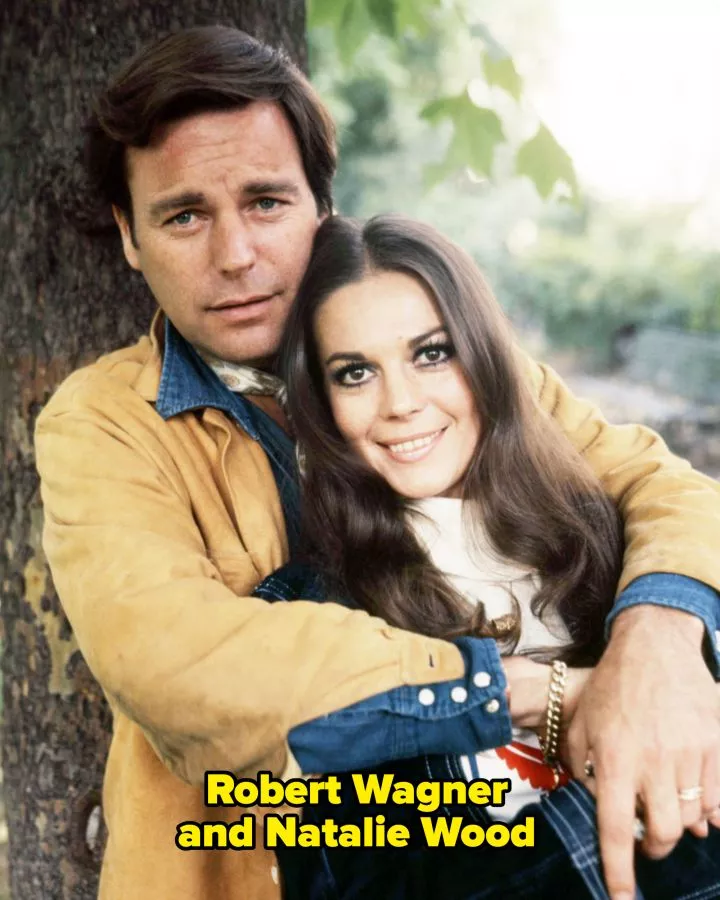
Silver Screen Collection / Getty Images
On Nov. 28, 1981, actress Natalie Wood went on a weekend boating trip to Catalina Island with her husband, actor Robert Wagner, costar Christopher Walken, and the yacht's captain, Dennis Davern. Around 11:05 p.m., Wood was discovered missing, along with the yacht's dinghy. The next morning at 8 a.m., her body was found about a mile away in a secluded cove. Los Angeles County coroner Thomas Noguchi ruled her death caused by accidental drowning and hypothermia, theorizing she fell into the water while trying to re-enter the dinghy after drinking.
However, doubts quickly arose. Wood's sister, Lana, argued Wood was afraid of water and wouldn't attempt to board the dinghy alone at night. She told the New York Times, "Natalie didn't swim. Her fear of dark water was deeply ingrained." At CrimeCon, she added, "She certainly would not get into a dinghy in her nightgown by herself."
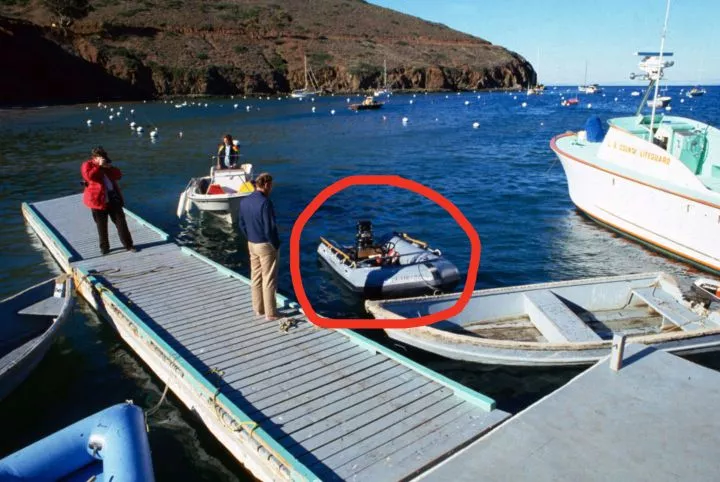
Paul Harris / Getty Images
Lana also claimed that Davern, in a drunken call, revealed he saw Wagner allegedly push Wood overboard after an argument, later saying, "Leave her there. Teach her a lesson." Although Davern didn't believe Wagner meant for her to drown, he admitted no immediate rescue was attempted. There was a delay of four hours before the Coast Guard was called. In 2011, Davern publicly shared his account, admitting he initially lied to investigators and believed Wagner was responsible.
Davern's statements prompted the Sheriff's Department to reopen the case in 2011, and the coroner's office changed the cause of death to "drowning and other undetermined factors" in 2012. At the time, Wagner released a statement supporting the investigation but also suggested Davern's statements might be an attempt to profit from his book and the upcoming 30th anniversary of Natalie's death.
Wagner previously admitted in his 2008 autobiography that he argued with Wood before she disappeared, but he has maintained that he was not involved. "Did I blame myself? If I had been there, I could have done something," he said. "But I wasn't there. I didn't see her. The bottom line is that nobody knows exactly what happened."
In 2018, LA County Sheriff investigators named Wagner a person of interest, though as of May 2022, they reportedly cleared his name. "All leads in the Natalie Wood case have been exhausted, and the case remains an open, unsolved case," Lt. Hugo Reynaga told Page Six in 2022.

Paul Harris / Getty Images
In her 2020 documentary Natalie Wood: What Remains Behind, Wood's daughter Natasha Gregson Wagner confronts her stepfather on camera and asks him if he was responsible for her mother's death. He says he's not, and she says she believes him.

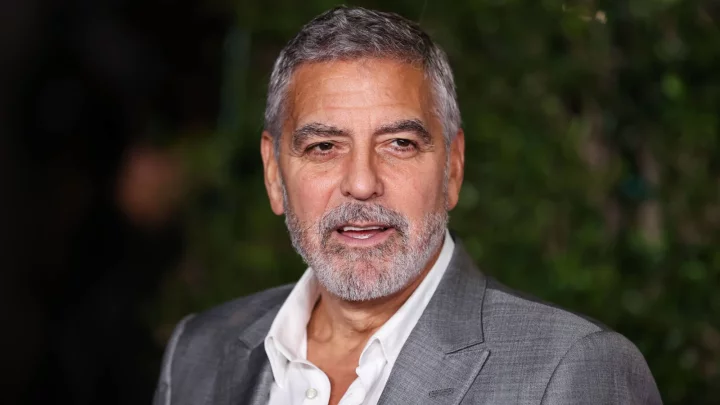
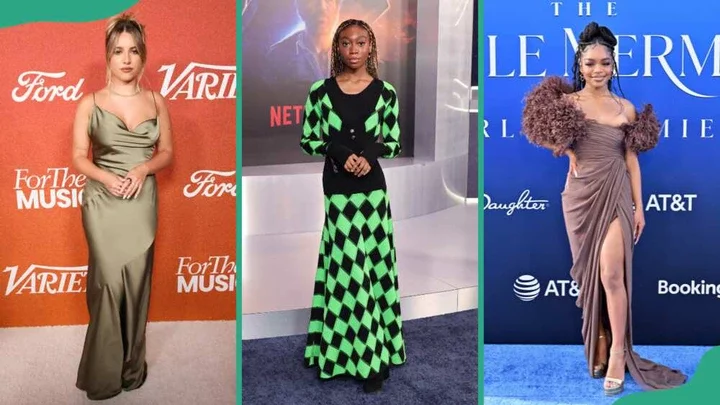
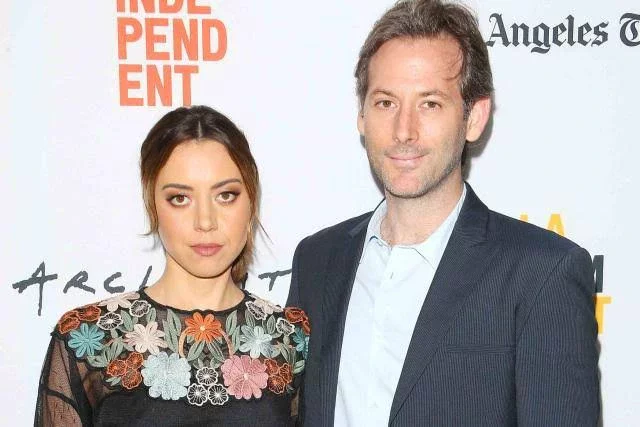
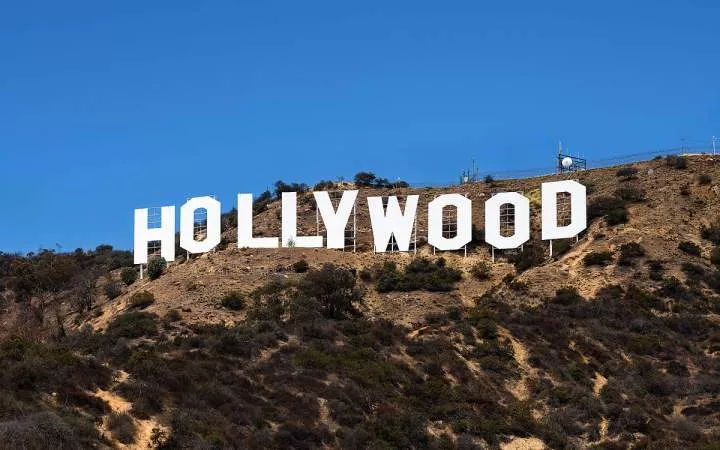
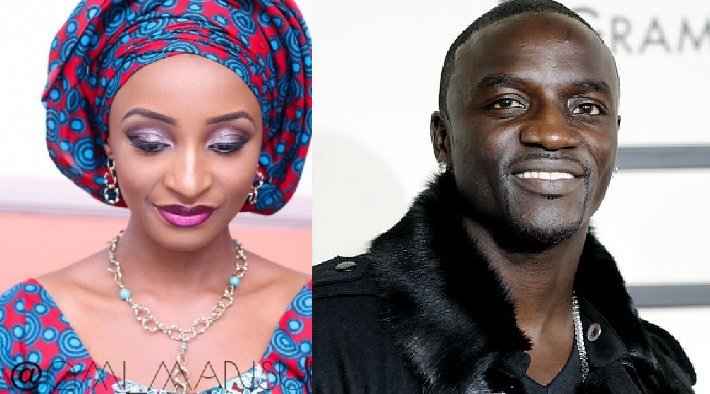
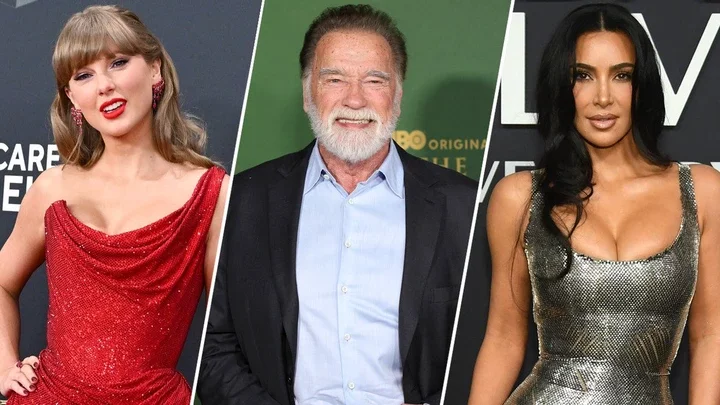
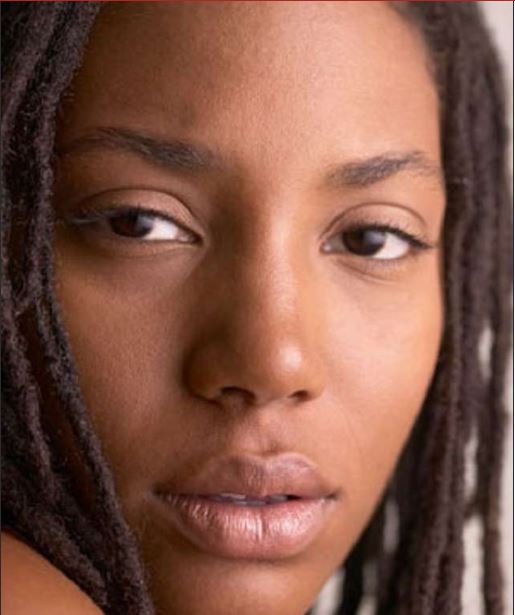
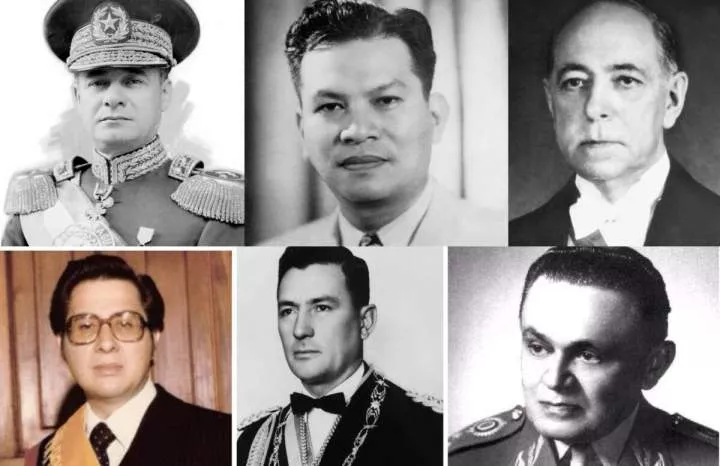


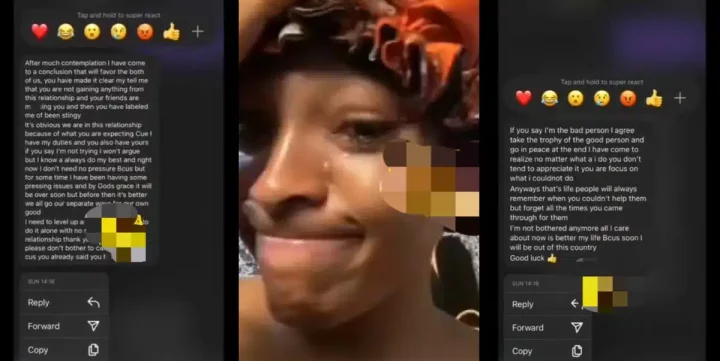



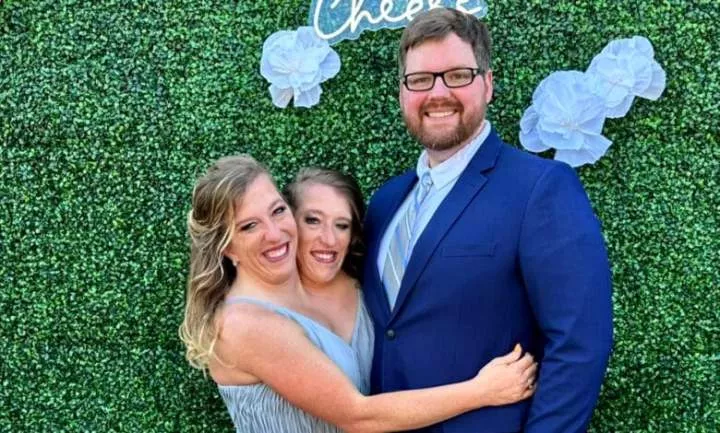

Comments